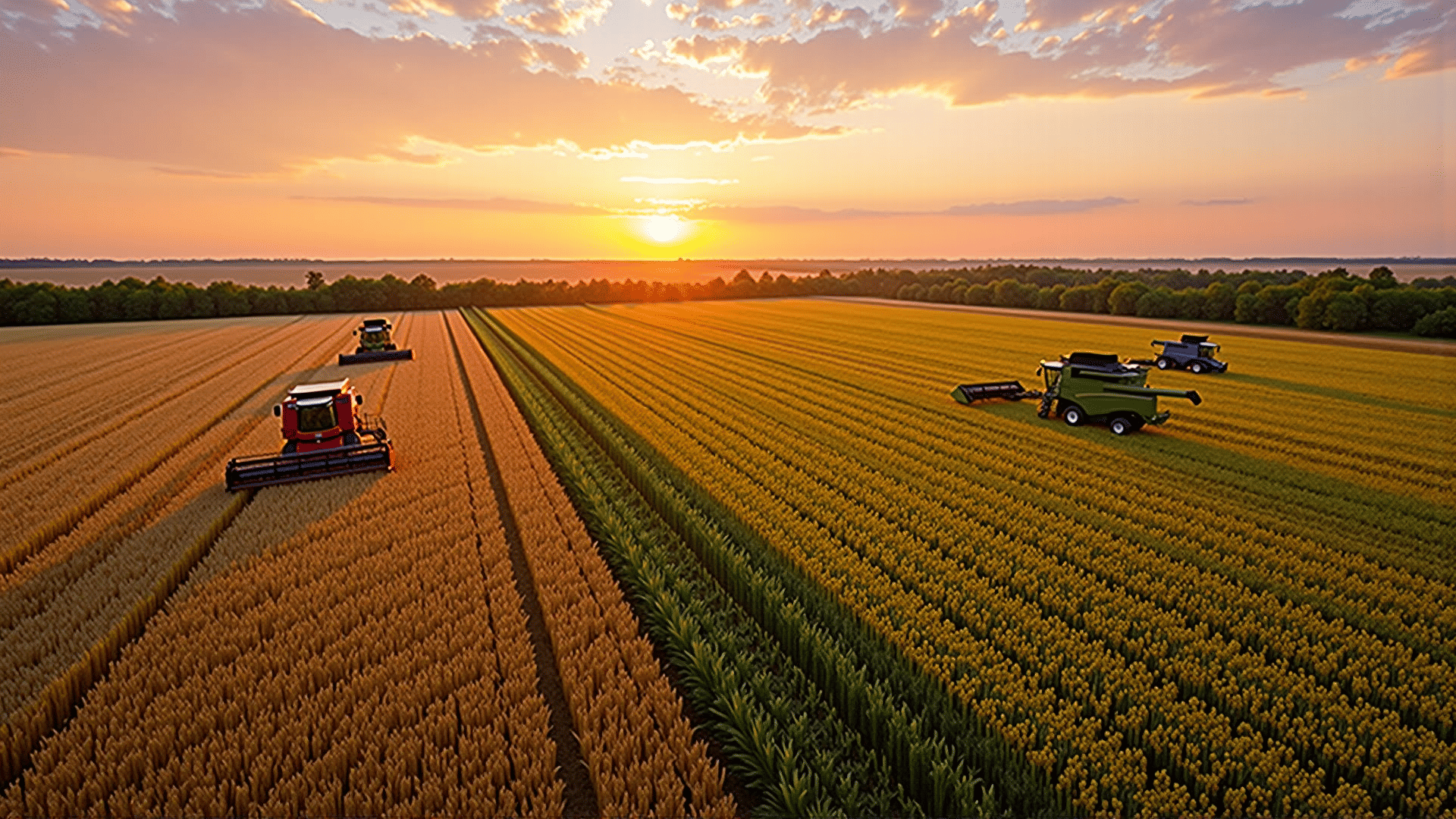Canadian agriculture has undergone a remarkable transformation in recent years, driven by a confluence of sustainability goals and technological innovation. As farmers and agricultural businesses strive to meet the demands of a growing population while preserving the environment, Canada's agricultural industry is setting a global standard for progressive practices.
One of the cornerstones of this transformation is the adoption of precision agriculture. Using technologies such as satellite imagery, GPS mapping, and Internet of Things (IoT) devices, farmers can now manage their crops with pinpoint accuracy. This allows for more efficient use of water, fertilizers, and pesticides, reducing waste and environmental impact while maximizing yield. For instance, GPS-guided tractors can precisely sow seeds, minimizing overplanting and reducing the need for costly resources.
Furthermore, Canada has invested heavily in research and development of genetically modified organisms (GMOs) and high-yield crop varieties. These advancements have led to the development of crops that are more resistant to extreme weather conditions, pests, and diseases. This resilience is particularly crucial as climate change continues to pose unpredictable challenges, ensuring that Canadian farmers can maintain productivity and market competitiveness.
Beyond crop production, the livestock sector has also seen significant advancements. Innovations in animal nutrition and genomics are promoting healthier, more productive livestock. New feeding technologies and precision livestock farming techniques are enhancing the efficiency of dairy and meat production, while simultaneously improving animal welfare.
Sustainability is at the heart of modern Canadian agriculture. Programs aimed at soil conservation, such as no-till farming, improve soil health and sequester carbon, contributing to the fight against climate change. Additionally, crop rotation and cover cropping are employed to maintain soil fertility and prevent erosion, emphasizing long-term resource management over short-term gains.
The push towards organic farming is another trend shaping the agricultural landscape. As consumer demand for organic products rises, Canadian farmers are increasingly transitioning to organic methods. The government supports these efforts through certification programs and subsidies, helping farmers meet stringent organic standards and expand their market reach.
Renewable energy sources are also being integrated into agricultural operations. Solar panels, wind turbines, and bioenergy solutions are not only reducing farms' carbon footprints but also cutting operational costs. By producing their own energy, farmers can manage resources more sustainably and economically.
Amidst these advancements, collaboration and knowledge exchange are crucial. Canadian agricultural institutions and organizations are fostering partnerships with international bodies, sharing insights and fostering innovation. This collaborative approach ensures that Canada's agricultural sector remains at the forefront of global best practices.
In conclusion, the advancements in Canadian agriculture highlight a sector deeply committed to sustainability and innovation. By embracing cutting-edge technologies and eco-friendly practices, Canadian farmers are poised to meet the challenges of the future while nurturing the environment. This dynamic approach not only secures food security for Canadians but also cements Canada's role as a leader in global agriculture.
